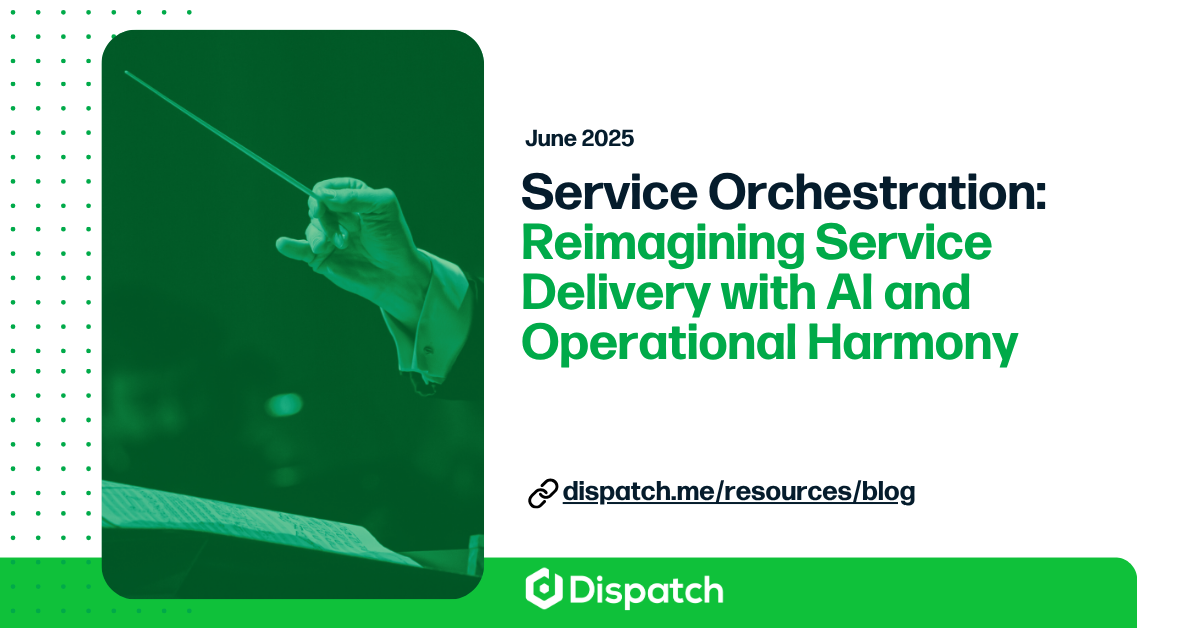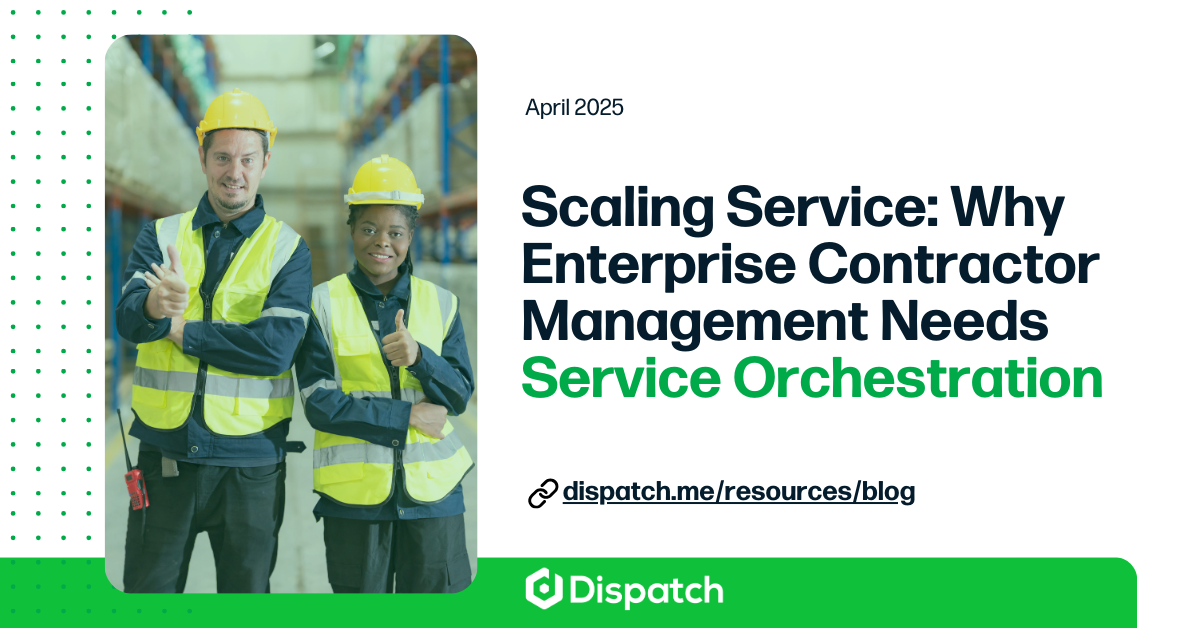As technologies have evolved, one of the most common expressions used today is “You can’t manage what you can’t measure.” While an increasing number of service companies are ditching their manual processes, pen and paper for connected and digital experiences, there are still quite a few who have not been able to accurately handle and measure their level of customer engagement and positive customer experiences.
When technicians are out in the field, there isn’t an effective manual method for measuring their interaction with each customer. One thing they can use is big data.
Big data enables understanding
Through big data, service organizations can understand their customers’ needs and wants with deeper insight. They can then respond more efficiently and intuitively to customers’ requests because they are better acquainted with their customers.
Unfortunately, many service organizations have not yet tapped into the power offered through utilizing big data nor have they started combining it with other data to achieve more insights. Talking to customers over the phone, through email and face-to-face creates massive amounts of data. However, when that is combined with the data collected in the last mile of the service delivery process, the data becomes hugely valuable.
That data can and should be used to improve customer service, predict service outcomes, technician performance, and even market trends giving your company a huge competitive advantage.
To illustrate, you can use big data to analyze how much it costs when a customer forgets they have an appointment. Say a customer sets a service call within a four-hour timeframe. The technician shows up, and the customer is not home. It then costs your business $8 per reschedule. How much does that cost add up over six months or one year? With your data insights, how can you improve the rate of no-shows or the cost of the rescheduling process?
Get to know your target audience
One thing important for service companies to understand is their target market. Randomly marketing towards a wide audience isn’t going to cut it in today’s hyper-connected and ultra-competitive space. Big data has evolved. In the past, many companies relied on person-to-person communication. While this works, the data was difficult to aggregate. As a result, you could not take a look at the bigger picture.
With big data, you can use trends that may have previously gone unnoticed in order to understand your customers better. To illustrate, you might look at big data trends around the shopping habits of baby boomers vs. millennials.
What types of homes are they buying? What types of appliances are they purchasing? What types of companies attract them? When you have the answers to these types of questions, you can tailor your customer experience to fit their needs.
Another option for understanding your target market is through feedback. Yet, this feedback can appear in various ways and on various sources such as review sites and Twitter.
If you could consolidate all of that feedback into one central repository, you can then determine which suggestions and complaints appear the most. With that type of information, you can then focus on the business areas that need improvement and expand the areas customers like.
Delayed services
When a technician is late for an appointment or represents your brand poorly, customers may seek service elsewhere–especially if they are a first-time customer who does not have brand loyalty. Many businesses use automated services to respond to customer complaints. With big data, you can collect data on the incident frequency and which types of customer complaints are logged most consistently.
This knowledge can give you a better understanding of which areas experience the most delays and help your customer service representatives become better prepared to respond with quick solutions.
If particular complaints regularly affect your business, big data can give you the information you need to make changes–this is in addition to proving your suspicions correct. Instead of spending money on expensive trial and error, you have accurate data right in front of you.
Plus, you can also accumulate data on how long specific service calls take per area. Say one technician focuses on section A of a city and another technician focuses on section B. Each technician performs the same types of repairs. Which one completes the job more quickly? Which one has a higher satisfaction rating and why?
In a hyper-connected world, big data can provide the information you need to improve your customer experience and service delivery. Instead of relying on assumptions, you have an aggregate of comprehensive facts. Furthermore, when your customers feel that you’ve taken the time to understand and cater to their needs, they are more likely to become loyal to your company.



